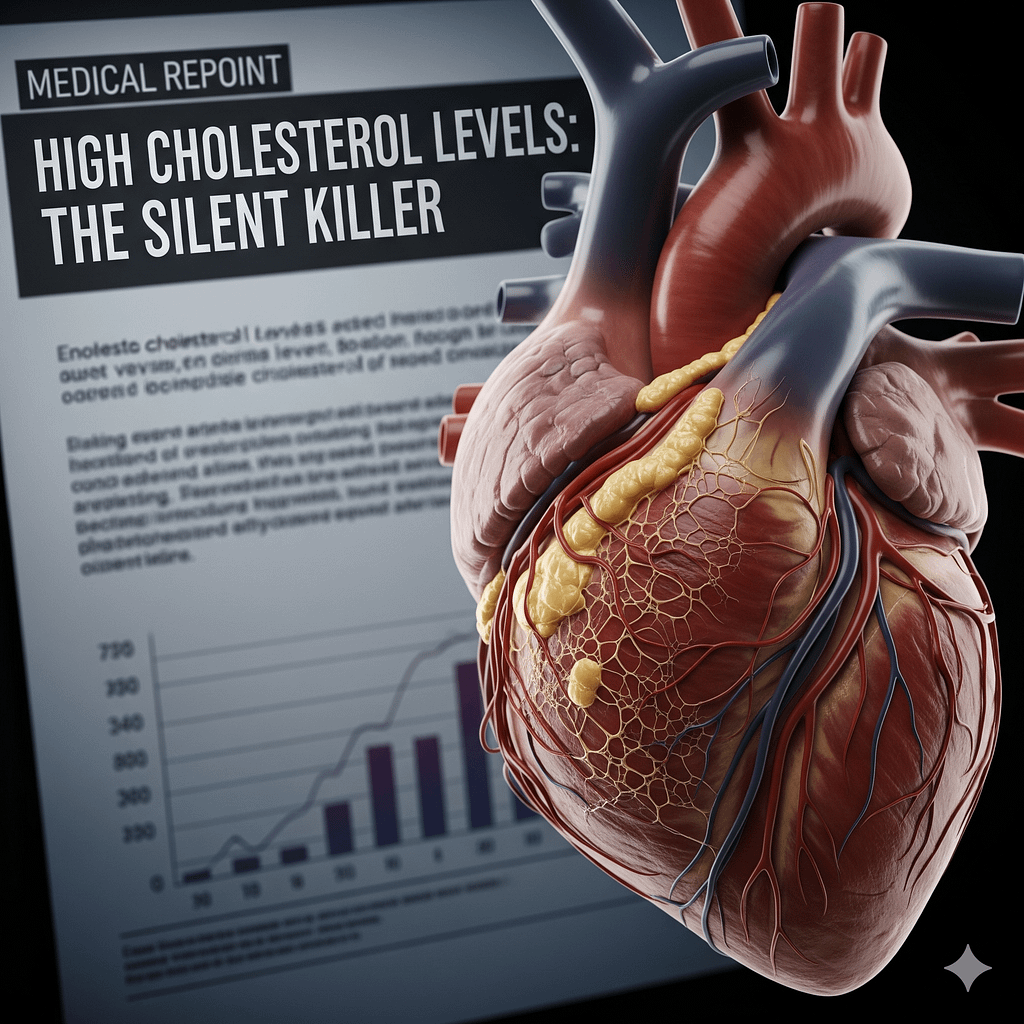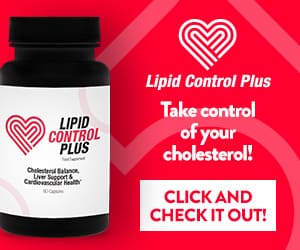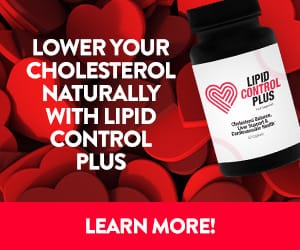
High cholesterol is often called a “silent killer,” and for a good reason. Unlike many health conditions that have clear, immediate symptoms, high cholesterol can develop and progress without any noticeable signs. It’s a hidden danger that can quietly lead to serious health issues, including heart attack and stroke. Understanding what high cholesterol is, what causes it, and how to manage it is the first and most critical step in protecting your heart and your overall health. This comprehensive guide will walk you through everything you need to know about this stealthy health risk.
What is Cholesterol?
To understand high cholesterol, you first need to know what it is. It’s a waxy, fat-like substance that your body needs to build healthy cells. Your liver produces all the cholesterol your body requires, but you also get it from the foods you eat, particularly from animal products like meat, eggs, and dairy. This substance travels through your bloodstream in small packages called lipoproteins.
There are two main types of lipoproteins, which are often referred to as “good” and “bad” cholesterol:
- Low-Density Lipoprotein (LDL): This is the “bad” type. LDL carries this substance from your liver to your cells. If there’s too much LDL in your blood, it can build up on the walls of your arteries, making them hard and narrow. This process is called atherosclerosis.
- High-Density Lipoprotein (HDL): This is the “good” type. HDL acts like a scavenger, picking up excess fat-like substance from your arteries and taking it back to your liver, where it is broken down and removed from your body.
When a doctor talks about high cholesterol, they are typically referring to high levels of LDL and triglycerides, another type of fat in the blood.
The Dangers of High Cholesterol
The main danger of high cholesterol lies in its role in causing heart disease. When excess LDL builds up in your arteries, it forms a sticky plaque. This plaque hardens and narrows the arteries, a condition called atherosclerosis. Over time, this makes it difficult for blood to flow through. A plaque can also rupture, leading to the formation of a blood clot. A clot that completely blocks an artery can cause a heart attack if it’s in the heart or a stroke if it’s in the brain. The lack of symptoms is why regular check-ups and screenings for cholesterol are so vital.
What Causes High Cholesterol?
While high cholesterol can be a result of genetic factors, for most people, it’s a direct result of lifestyle choices.
- Diet: A diet high in saturated fats, trans fats, and dietary sources of this substance is a primary cause. Foods like red meat, full-fat dairy products, and commercially baked goods are significant contributors.
- Lack of Physical Activity: Exercise helps to increase HDL, the “good” kind. A sedentary lifestyle can lower HDL and increase LDL.
- Obesity: Carrying excess weight, especially around the midsection, can increase LDL and triglycerides while lowering HDL.
- Smoking: Smoking damages the walls of your blood vessels, making them more likely to accumulate fatty deposits. It also lowers your HDL levels.
- Genetics: Some people have a genetic condition called familial hypercholesterolemia, which causes very high levels from birth, regardless of their lifestyle.
How to Lower and Manage Cholesterol
The good news is that for most people, high cholesterol can be managed and even reversed with lifestyle changes.
1. Adopt a Heart-Healthy Diet: This is the most effective way to manage your levels. Focus on eating foods that are low in saturated and trans fats. Incorporate plenty of soluble fiber, found in oats, beans, apples, and citrus fruits, as it helps reduce the absorption of this substance in your bloodstream. Omega-3 fatty acids, found in fatty fish like salmon, can also help lower triglycerides.
2. Get Moving: Regular physical activity, such as brisk walking, jogging, cycling, or swimming, can significantly improve your levels. Aim for at least 30 minutes of moderate-intensity exercise most days of the week.
3. Maintain a Healthy Weight: Losing even a small amount of weight (5-10% of your body weight) can have a positive impact on your levels.
4. Quit Smoking: If you are a smoker, quitting is one of the best things you can do for your heart health. Quitting can raise your HDL levels and help prevent artery damage.
5. Medication: For some individuals, lifestyle changes alone may not be enough. If your levels remain high, your doctor may prescribe medication, such as statins, to help lower them. Statins work by blocking a substance your liver needs to make.
The Importance of Testing
Because high cholesterol has no symptoms, the only way to know your levels is through a blood test called a lipid panel. The American Heart Association recommends that all adults aged 20 or older have their levels checked every four to six years. If you have a family history of heart disease or other risk factors, your doctor may recommend more frequent testing.
High cholesterol is a serious condition, but it’s one that you have the power to control. By making informed choices about your diet, exercise, and overall lifestyle, you can effectively manage your levels, reduce your risk of heart disease, and protect your long-term health. Don’t let the “silent killer” win; take action today.






